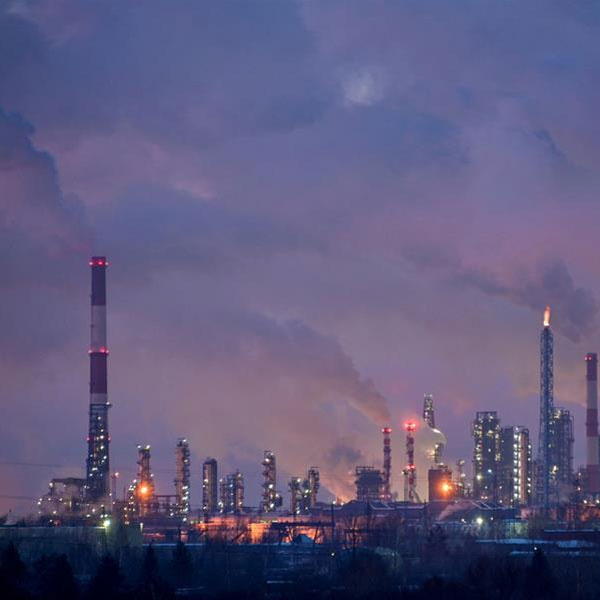Elemental composition
The fundamental reason why petroleum oils vary in appearance and physical properties is that their chemical composition is not identical. Petroleum is neither a simple substance composed of a single element nor a compound composed of two or more elements, but a mixture of various compounds composed of various elements. Therefore, its properties are not as determined as simple substances and pure compounds, but a comprehensive reflection of the properties of various compounds contained in it.
The main components of petroleum are carbon and hydrogen. Hydrocarbons are also referred to as hydrocarbons for short. Hydrocarbons are the main objects of petroleum processing and utilization.
The various elements contained in petroleum do not exist in the form of simple substances, but in the form of various hydrocarbons and non-hydrocarbons combined with each other.
Oil is mostly hydrocarbons. It is composed of a mixture of different hydrocarbons. The chemical elements that make up petroleum are mainly carbon (83% ~ 87%), hydrogen (11% ~ 14%), and the rest are sulfur (0.06% ~ 0.8%), nitrogen (0.02% ~ 1.7%), oxygen (0.08% ~ 1.82%) and trace metal elements (nickel, vanadium, iron, antimony, etc.). Hydrocarbons formed by the combination of carbon and hydrogen constitute the main component of petroleum, accounting for about 95% to 99%. Various hydrocarbons are divided into: alkanes, cycloalkanes, and aromatic hydrocarbons according to their structures. Generally, natural petroleum does not contain olefins, but secondary processed products often contain varying amounts of olefins and alkynes. Compounds containing sulfur, oxygen, and nitrogen are harmful to petroleum products and should be removed as much as possible in petroleum processing.
086351-004 ABB HKQCS PARTS ON LINE
 中文版
中文版




